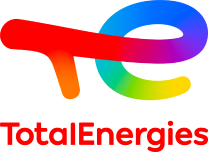Respect of your privacy
We use cookies and other trackers with the aim of providing, analyzing and improving your user experience, personalizing the display, displaying targeted ads according to your profile on both this site and our partners' sites, and allowing you to share our content over social media. In accordance with French legislation, certain audience measurement cookies are stored by default. You can change your cookie settings at any time by clicking on the "Manage my cookies" button. By clicking on the "Accept" button, you agree that we may store all cookies on your device. If you click on "Decline", only the technical cookies required for the site to function correctly will be used. For more information, especially concerning our list of partners, refer to the "Personal Data and Tracker Policy" page.





